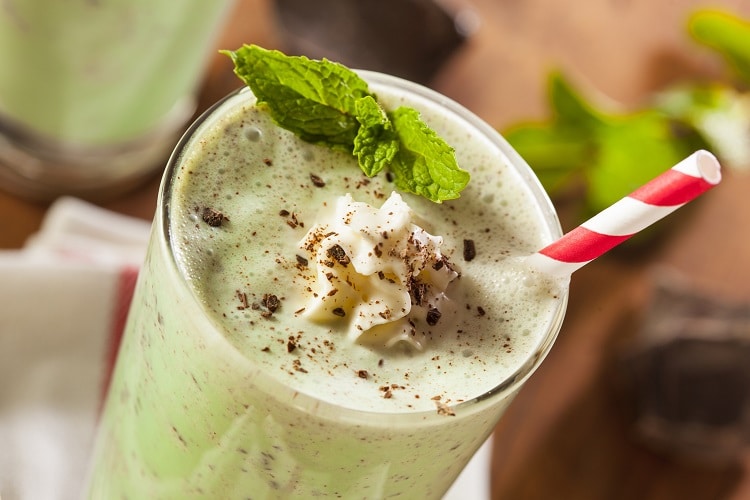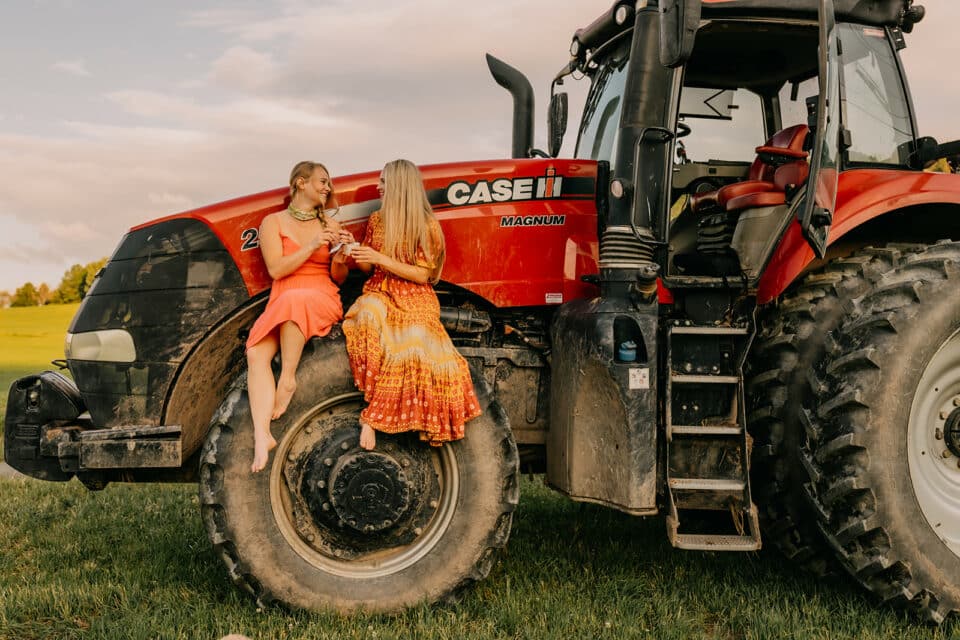“On blue days in October, I get this passionate yearning for a bowl of chili, and I nearly lose my mind.” – Margaret Cousins, novelist
Ah, fall. The leaves change color, the air becomes crisp and I daydream of camp fires, my favorite (two sizes too big) sweatshirt and fall-tastic comfort foods. And in my opinion, there’s no better comfort food than a nice bowl of chili.
Now, I’ll eat any style of chili but I prefer to top mine off with a little dollop of sour cream, some bits of shredded cheddar and a dash of hot sauce. Woooo doggie, my mouth is watering just thinking about it. I can’t wait to sample all of the chili at Sunday’s cook-off, when the question will be “whose chili is the best?”. But what I want to know right now, is where the heck did this popular dish come from? Here’s what I found about the delicious hot stuff.
The History of Chili
From the research I’ve done, it seems that chili cooks are probably as creative with their stories as they are with their recipes. I’ve read everything from it being the creation of a Texas range cook to being a 2,000-year-old recipe passed down from Pueblo cliff dwellers from Mesa Verde.
There may not be an answer. There are, however, some good stories. Here are a few…
A Cattle Driver’s Tale
As the cattle drivers traveled across Texas in the early 1800s, a range cook collected wild oregano, chile peppers, wild garlic and onions and mixed it all with fresh meat (beef, buffalo, jackrabbit, armadillo, rattlesnake or whatever he had at hand.). He would plant gardens along the paths of the cattle drives so the next time the drive passed, he could harvest the crop and hang the peppers, onions and oregano to dry on the side of the chuck wagon. The cook blazed a trail across Texas with tiny, spicy gardens, and so perhaps it was this range cook who created the beginning of the savory concoction we now call chili.
The First Chili Competition
Most Texans say that chili was invented in the early 1700s in San Antonio, probably by “Chili Queens,” women who dotted the Military Plaza and sold highly seasoned stew called “chili” from carts.
There were dozens of Chili Queens on the plaza, and each one was constantly striving to improve her blend and to attract more customers than any of the competition.
The Chili Queens, who were mostly Mexican, made their chili at home and then loaded it onto colorful little chili wagons, dishing out chili to customers who sat on wooden stools to eat the delightful and fiery stew.
The Chili Queens remained a highlight in San Antonio until the late 1930s (there was even a “San Antonio Chili Stand” at the Chicago World’s Fair in 1893), when the health department put an end to their time-honored profession. So, perhaps our favorite comfort food came from Queens?
An Award-Winning 2,000-Year-Old Recipe
Rufus (Rudy) Valdez, a full-blooded Ute Indian, won the 1976 world chili championship in California, using what he claimed to be a 2,000-year-old recipe.
“Originally,” says Valdez, “chili was made with meat of horses or deer, chile peppers and cornmeal from ears of stalks that grew only to the knee. No beans.” Valdez says he got his recipe from his grandmother when he was a boy on the Ute reservation near Ignacio, Colorado. She lived to the age of 102 and Valdez says she credited her longevity and that of her relatives to the powers of chili. Actually, he says, chili was invented by the Pueblo cliff dwellers in Mesa Verde who passed it on to the Navajos before it became popular with the Utes.
And so it seems the chili pot still boils and we shall never really know where it started or by whom. But we will know who in Chester County can make the best darn chili on Sunday!
The Final Dish: Enough about that…let’s just eat!
As you may know, the wcdish.com team will be in town this Sunday at the Chili Cook-off for fun food games with “The Voice of Chester County” WCOJ 1420 where you can come win some cool… well, actually, chili… prizes. Research on chili was done with the help of Linda Stradley, the web site whatscookingamerica.net and the International Chili Society website, www.chilicookoff.com.



